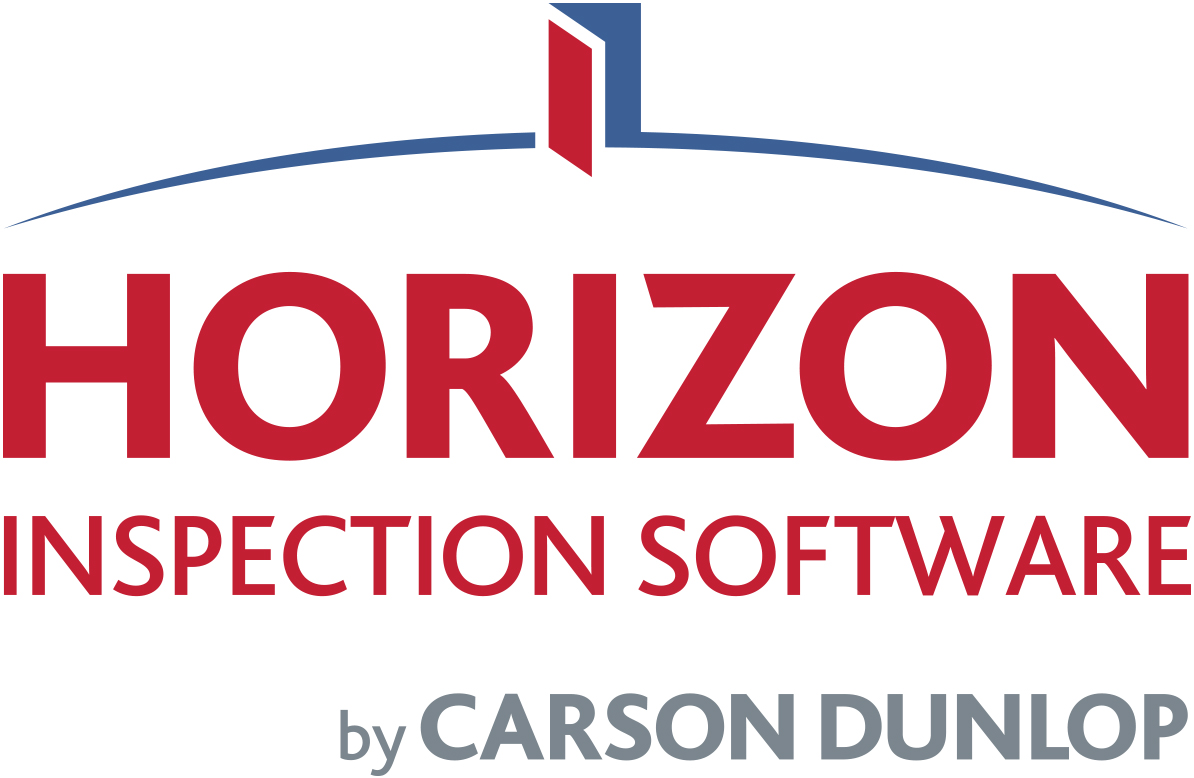Why the CSA A770 home inspection standard is good for home inspectors
The CSA-A770-16 Standard is an important and valuable document for home inspectors across Canada. We will explain why and debunk some of the myths around the final Standard, which is dramatically different than the draft that was broadly circulated in 2014.
Why the standard is important
- It adds credibility to the home inspection profession.
a. The CSA is a recognized and trusted name to Canadian consumers. - A nationally recognized standard provides consistency coast to coast.
- The Standard does not require home inspectors to re-invent themselves.
a. The Standard requires a minor shift in inspection procedures for most home inspectors. - The initial draft of the Standard is very different than the final version.
a. The draft drew significant criticism from the home inspection profession.
b. The Technical Committee listened and made extensive revisions. - The Standard is very similar to existing Standards of Practice.
a. The similarity acknowledges that the home inspection profession is built on a strong foundation. - The Standard was created using a professional, defendable process.
a. The Standard was created using the well-established CSA protocol, which has been in place for roughly 100 years.
b. The Standard was created with input from home inspectors, representatives from the real estate profession, the Electrical Safety Authority, Consumers Council of Canada, regulatory authorities, education bodies, insurers, the National Research Council Canada, and First Nations National Building Officers Association. - The public can be comfortable that the Standard is fair and consumer focused.
Common misconceptions about the standard
- Home inspectors have to pay for it.
a. Not true. Inspectors and their clients can access it for free at http://shop.csa.ca/en/canada/building-systems/cancsa-a770-16/invt/27039452016 - Home inspectors have to include a summary in their report.
a. Not true.
b. A summary is recommended, but not required. - The Standard is unfair to inspectors.
a. Not true. The draft Standard was very different from current home inspection practices.
b. The final Standard is closely aligned with what home inspectors have been doing for years.
Similarities among the CSA standard and existing standards
Roughly 95% of the inspection is what most professional inspectors do now.
- A home inspection is non-invasive.
- It is an evaluation of the condition and performance of the systems and components of a home.
- The objective is to identify and report any items that are not performing their intended function.
- The focus is on significant items that are readily visible to the inspector, rather than minor building deficiencies.
- Inspection of cosmetic, maintenance and other non-critical items are excluded.
- The inspection does not address compliance to codes and regulations.
- Inspectors can provide services beyond the Standard.
- The Standard applies to detached and semi-detached homes, townhouses, duplexes, triplexes and individual dwellings in multi-unit buildings. It includes site-built and factory-built (prefabricated) dwellings.
- Readily accessible items are inspected. Inspectors don’t move furniture, carpet, stored items, etc.
- The exclusions are consistent with those in most existing standards. For example, inspections do not include appliances, water supply or sewage systems, methods or costs for repair, identifying causes of failures or predicting service life.
- Inspections include representative sampling where there are multiple similar components.
- Written reports describe significant issues including health and safety, and their implications.
- The components to be inspected are the same as other standards, with the exception of those noted below
What is different about the CSA standard?
Roughly 5% of the inspection requirements are new, although many inspectors do most of these things already. Inspectors have to –
- Report the weather conditions, what items were inspected by representative sampling, and the inspection agreement.
- Report any evidence of vermin or infestation, including wood destroying organisms.
- Report on any visually apparent potential hazardous items such as asbestos or mould, buried oil tanks, or pyrite.
- Report any items that require further investigation by a specialist including on-site water supply and sewage systems, solid fuel burning appliances and specialized accessibility equipment such as lifts, ramps, auditory and visual assists. We don’t inspect these.
- Support professional opinions with observations/findings.
- Inspect fences using a sampling approach.
- Inspect non-potable systems including grey water (the waste water from baths, sinks, clothes washers, etc.).
- Inspect automatic irrigation systems/lawn sprinkler systems.
- Inspect the area around swimming pools for drainage, isolation of the pool area (fences & gates) and safety issues. We do not inspect the pool, pumps, filters and heaters.
Summary
We believe that home inspectors should recognize the CSA Standard as a major step forward. It provides a defendable Standard created by an authoritative 3rd party. The Standard will not add significant time or cost to a home inspection, and the Standard itself will be reviewed and updated on a periodic basis. It is a very good thing for the profession, and if adopted across the country, will enhance the credibility of every home inspector in Canada.
